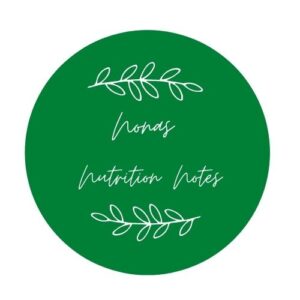Dairy and Breast Cancer. What You Should Know.

Dairy and breast cancer.
Is milk an enemy when it comes to increasing our risk? Or is it an ally for its many known health benefits?
Our nourishment since birth.
Milk is something we have been drinking since infancy. For the first year of human life, it is our sole sustenance.
We encourage children to drink milk to support growth and bone development. Its rich calcium content makes it a desirable food for avoiding osteoporosis, or bone thinning. Milk is also an excellent source of protein. It provides the vitamins and minerals needed to sustain life. However, milk may be our enemy when it comes to increasing breast cancer risk.
What is it about milk?
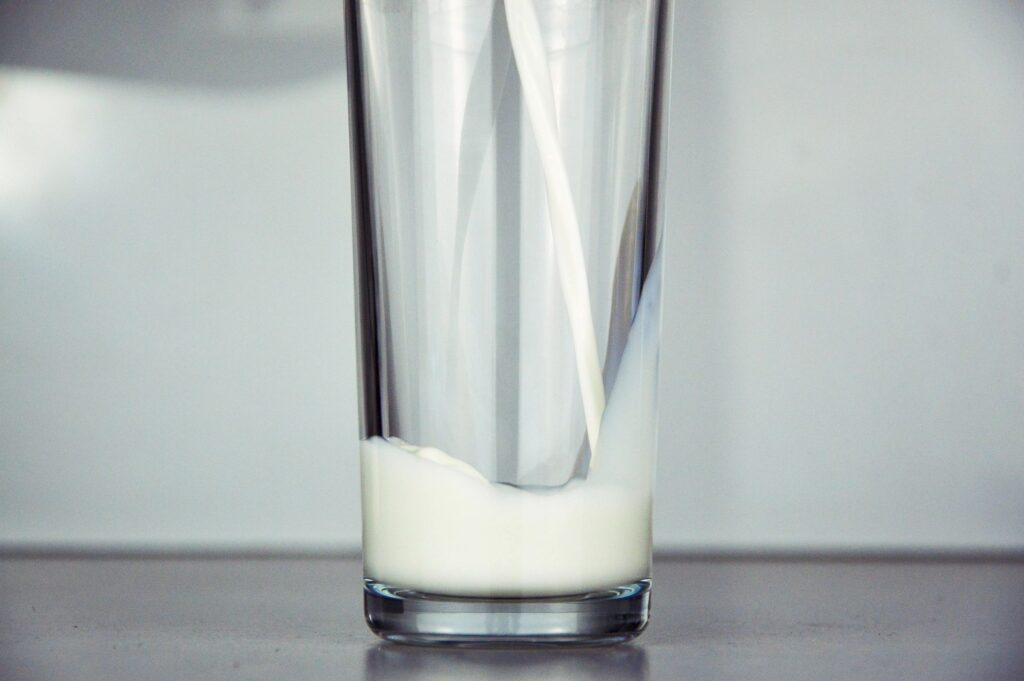
The chemistry of milk
Milk is made up of water, fat, proteins, and carbohydrates, and, sugars. It also contains enzymes, vitamins and minerals, and phospholipids.
Water
Milk is made up mostly of water. For example, about 87% is water and 13% solids. The solids consist of fat, protein, carbohydrates, vitamins, and minerals.
Fat
Whole milk has about 8 grams of fat in an 8 oz serving. The fat in whole milk is about 65% saturated. We know saturated fats contribute to elevated cholesterol and the risk of heart disease and some cancers. Reduced-fat milk has less total fat and less saturated fat.
Reduced-fat and skim milk have fewer calories and grams of fat. 2% milk has about 5 grams of fat and skim milk < 1 gram in an 8 ounce serving.
There is little difference in the amount of calcium in relation to the fat content. One 8oz serving of milk has about 300 mg Ca.
Proteins
Casein and whey protein are the main proteins in milk, with about 80% casein and 20% whey. Casein helps boost muscle growth. Whey provides some of the essential amino acids we need for cell growth. While protein is essential, research points to the benefits of plant proteins over animal proteins
Carbohydrates and sugars
The sugar in milk is primarily lactose. There about 12 grams in an 8oz serving. Lactose is not an added sugar but occurs naturally.
Lactose is quickly broken down into glucose as it is digested. Glucose is the prime source of energy for our bodies. Undigested lactose helps improve the absorption of minerals such as calcium and magnesium.
Vitamins and Minerals
Milk contains Vitamin A, B vitamins, and small amounts of Vitamins C, E, and K. Vitamin D is added to the milk when it is fortified. Minerals include calcium, phosphorous, potassium, magnesium, and others. Milk has very little iron.
Enzymes
Enzymes act to metabolize, or breakdown, some of the components in milk. For example, the enzyme lipase, breaks down fats, while the enzyme lactase, acts to break down milk sugar, or lactose, into glucose.
Phospholipids
Phospholipids are found in the fat portion of milk. They provide fatty acids and help maintain the strength, flexibility, and integrity of cells.
Dairy and breast cancer…what the current research says:
According to a study published in the International Journal of Epidemiology, 2020, “Consuming as little as 1/4 to 1/3 cup of dairy milk per day is associated with an increased risk of breast cancer of 30%”, however, he recommends we view this result with caution.
His hypothesis is related to the sex hormone content of milk as the cows are lactating and frequently pregnant. He found substituting soy milk resulted in a reduced breast cancer risk.
While soy has also had the reputation of increasing breast cancer risk, research has reversed this thinking and points to observational evidence that suggests soy may actually reduce the risk of breast cancer.
Other studies
In another study published in Current Developments in Nutrition, March 2017, different types of dairy foods are examined, in relationship to cancer risk. “Higher intakes of yogurt were associated with reduced risk of breast cancer” while “intakes of American, cheddar, and cream cheeses were associated with a marginally significant increased risk“.
Leading to the conclusion that risk depends on the type of dairy product and that yogurt may actually be protective. Further studies are needed and all results should be reviewed with caution.
Research inconsistencies:
A study by Jiajie Zang, et al. published in the Journal of Breast Cancer, in 2015, suggests the risk of breast cancer may be “affected both positively and negatively by milk and dairy products”.
One theory is that milk possesses Calcium and Vitamin D which have anticarcinogenic properties. Consequently, suggesting milk and dairy products reduce the risk of breast cancer.
Alternatively, the theory that milk possesses factors promoting breast cancer cell growth, estrogen, and may contain contaminants such as pesticides, suggests it poses an increased risk.
The debate continues
Since the debate continues, and there is no clear scientific evidence that milk and dairy increase the incidence of breast cancer, your best practice regarding these foods should be:
- Choose lower-fat dairy varieties
- Opt for skim or 1% milk, reduced-fat cheese, and low or zero fat yogurt
- Consider trying nut milk, such as almond or cashew, or soy milk.
However, keep in mind the need to meet your calcium and vitamin D needs, and choose fortified milk and dairy.
While we wait for more research, here’s what we can do now…
Further research is needed regarding milk, dairy, and the relationship to breast cancer. But, there are other things we can do to lower our risk.
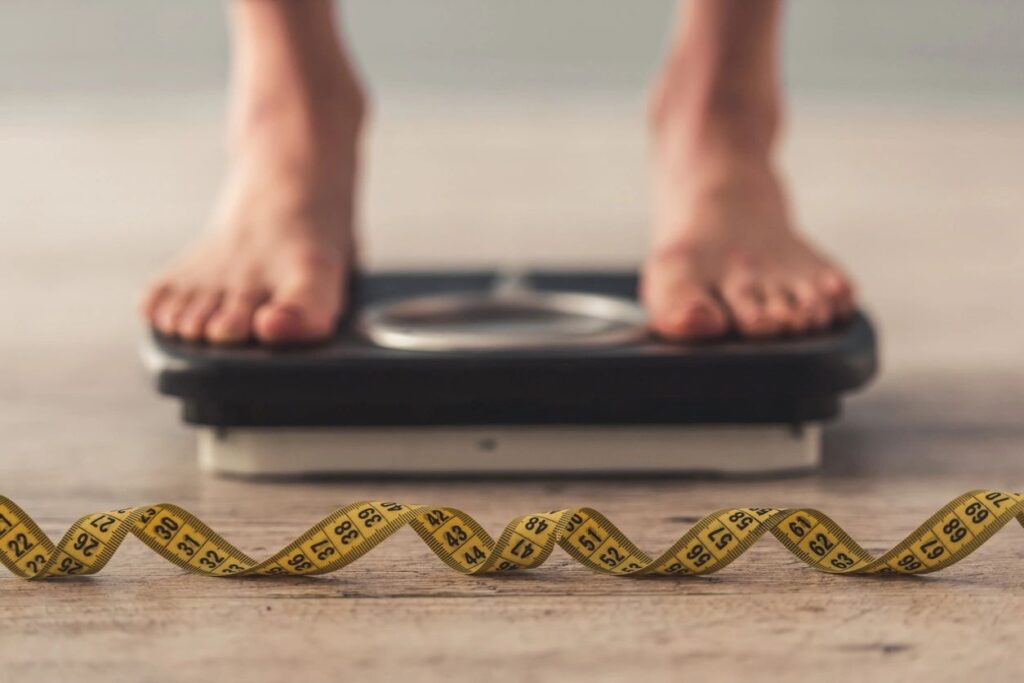
Reduce the intake of high-fat foods and maintain a healthy weight. Studies show weight gain in adulthood, particularly after menopause, is related to increased risk of breast cancer. The study reports women with a weight gain of 10 kg or 22 lbs following menopause are at an increased risk of breast cancer.
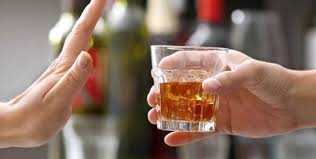
Limit and/or avoid alcohol consumption. Studies show the risk of breast cancer is increased with increased alcohol intake. A study published in the British Journal of Cancer, reports about 4% of breast cancers are attributed to alcohol consumption. And for women who drink alcohol on a daily basis, the risk of breast cancer is increased by 7.1%.
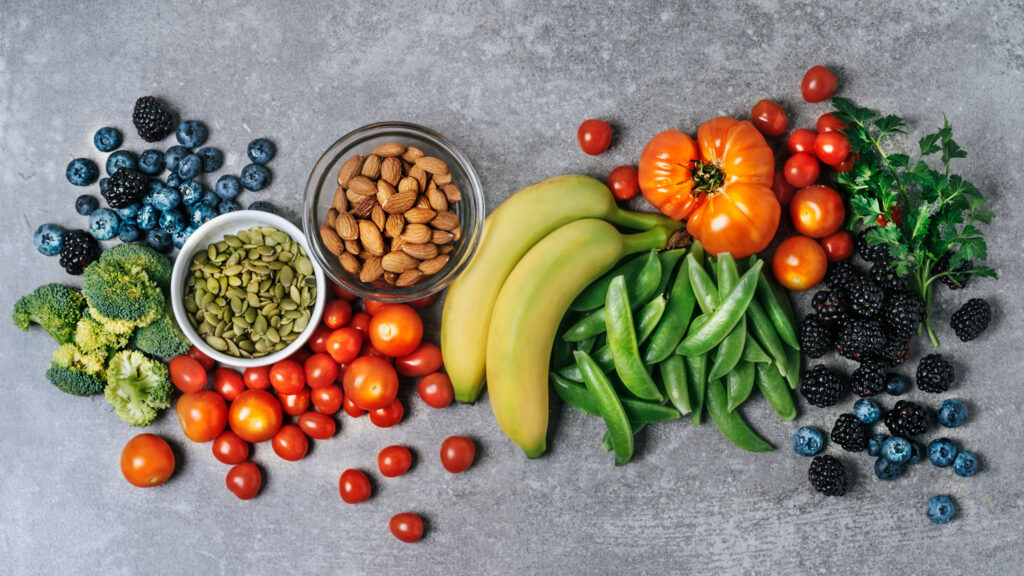
Increase the intake of fruits and vegetables. Eating fruits and vegetables may decrease the risk of breast cancer. This may be due to the fiber content or the subsequently decreased intake of other high-fat foods. Also, fruits and vegetables are rich sources of antioxidants and anti-inflammatories. These are linked to reduced incidence of cancers.

Specific fruits and vegetables that are rich in carotenoids may play an even greater role in lowering cancer risk. Orange and red fruits and vegetables, such as melons, carrots, peppers, and sweet potatoes are rich in carotenoids.
In conclusion
There is an obvious need for more studies and research on the link between milk and dairy consumption and the risk of breast cancer.
In the meantime, follow a diet and lifestyle including eating lower-fat foods, limiting alcohol intake, maintaining a healthy weight, and remaining active.
Additionally, regular screenings, self-exams, and mammograms remain important best practices.
